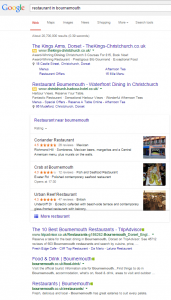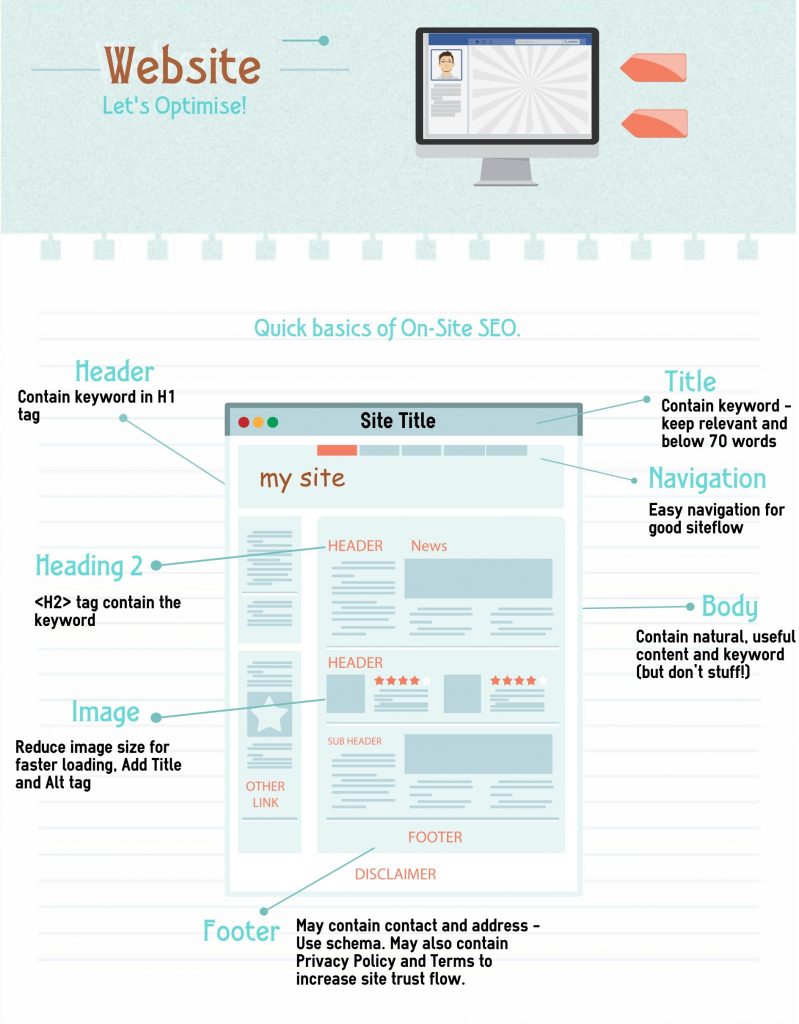The Ultimate Guide to Engaging Customers Through Your Website
Image via Freepik
In the digital age, a robust online presence is not just an advantage but a necessity for small businesses. As the marketplace becomes increasingly competitive, leveraging effective website strategies can set your business apart. These strategies can significantly enhance your brand’s visibility and customer engagement, from creating engaging video content to utilizing structured data. By adopting a proactive approach to digital marketing, small businesses can cultivate a loyal customer base and drive sustainable growth. Here are some innovative strategies to elevate your business in today’s dynamic environment.
Enhance Your Online Presence with Structured Data
In the ever-evolving digital world, structured data markup is a key strategy for boosting your website’s visibility. This approach helps search engines better understand your content, potentially improving your rankings. For small businesses, especially in competitive markets, this can be a game-changer by making your site more appealing to potential customers. Structured data also enables the display of rich snippets, like reviews and ratings, directly in search results, which can enhance customer engagement.
Boost Your Business with DIY Video Content
Creating videos can significantly enhance your online presence and customer interaction. By crafting personalized content, you effectively convey your brand’s unique story and values, which is essential for building a loyal customer base. Utilizing video creation options can streamline this process, enabling you to produce professional-quality videos without a large budget. These tools offer features like audio integration, speed adjustments, and animation, allowing you to create engaging and dynamic content.
Increase Customer Engagement with a Content Calendar
Developing a content calendar is essential for small businesses seeking to maintain consistent communication with their audience, particularly in uncertain times. By planning your content ahead of time, you can ensure that your messaging aligns with essential dates and events, thereby boosting customer engagement. A well-structured calendar helps you avoid the chaos of last-minute content creation, often resulting in irregular posting and missed opportunities. Businesses that regularly post on their websites and social media platforms foster stronger connections with their audience.
Leverage Customer Stories for Growth
In today’s ever-changing market, small businesses can thrive by utilizing the power of customer stories. Encouraging your customers to share their experiences on social media builds a sense of community and acts as authentic endorsements that resonate with potential buyers. Research indicates that user-generated content significantly influences purchasing decisions, making it a crucial strategy for growth. By crafting campaigns that inspire customers to share their positive interactions with your brand, you can extend your reach and boost customer satisfaction.
Strengthen Growth by Understanding Conversion Rates
In an ever-changing market, grasping the nuances of your website’s conversion rates is essential for small businesses seeking growth and improved customer satisfaction. By tracking how visitors become customers, you can identify areas needing enhancement. If your conversion rate lags behind the industry standard, it may signal user experience or content relevance issues. Addressing these can boost engagement and sales, propelling your business forward. Regular analysis highlights weaknesses and offers a strategic path for improvement.
Utilize Educational Videos for Small Business Success
Creating a series of educational videos can be a powerful strategy for enhancing your small business’s growth and customer satisfaction. You engage your audience and establish your brand as a trusted authority by sharing valuable insights and practical knowledge. This approach is efficient, as many consumers prefer video content from brands they support. Educational videos provide ongoing value and foster a deeper connection with your audience, helping build a loyal customer base.
Harness the Power of Virtual Events
Leveraging virtual events can be a game-changer for small businesses aiming to boost growth and customer satisfaction. By hosting online webinars, workshops, or conferences, you can engage with a global audience without the limitations of physical locations. This approach expands your market reach and establishes your brand as an industry leader. Embracing virtual events allows you to provide valuable content and interactive experiences, helping you stay competitive in uncertain times.
Incorporating these strategies into your business model can foster growth and elevate customer satisfaction in impactful ways. Small businesses can establish a resilient foundation that supports long-term success by prioritizing innovative digital tools and techniques. Exploring new opportunities to enhance online engagement allows businesses to stay competitive and adapt to evolving customer needs. These approaches strengthen connections with customers and help companies navigate challenges with greater confidence and agility.
Unlock the full potential of your leads with Via Vision and watch your conversion rates soar with our cutting-edge lead profiling and enrichment tools!








